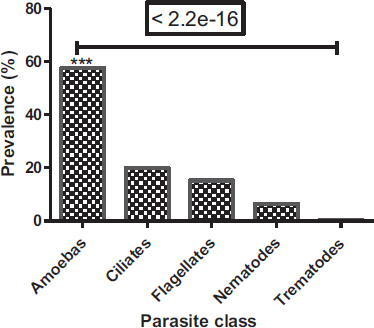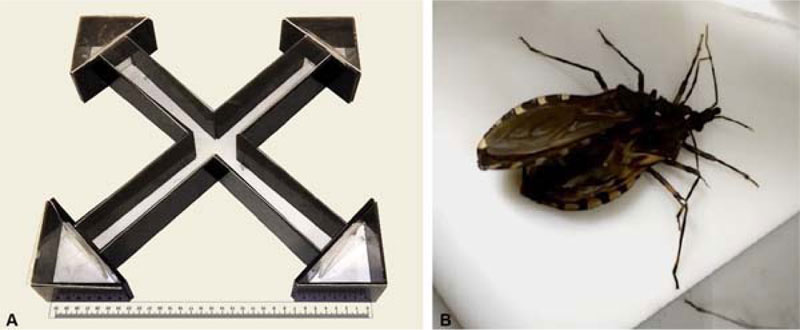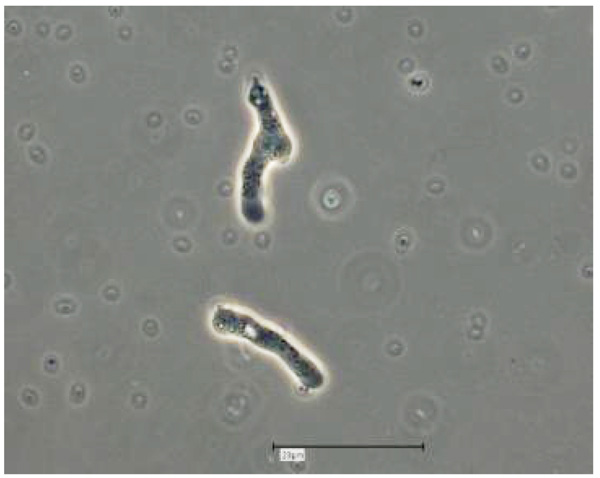The Open Parasitology Journal is an open access journal, that publishes research articles, reviews/mini-reviews, letters and guest edited single topic issues in all important areas of basic and applied parasitology including host-parasite relationships, cellular and molecular parasitology, life history, ecology and epidemiology, biochemistry, molecular biology, physiology protozoology, helminthology, chemotherapy and control of parasitic disease, entomology, immunology, morphology, chemotherapy and control of parasitic disease.
The Open Parasitology Journal, a peer-reviewed journal, is an important and reliable source of current information on important developments in the field. Emphasis is placed on publishing quality papers, making them freely available to researchers worldwide.










